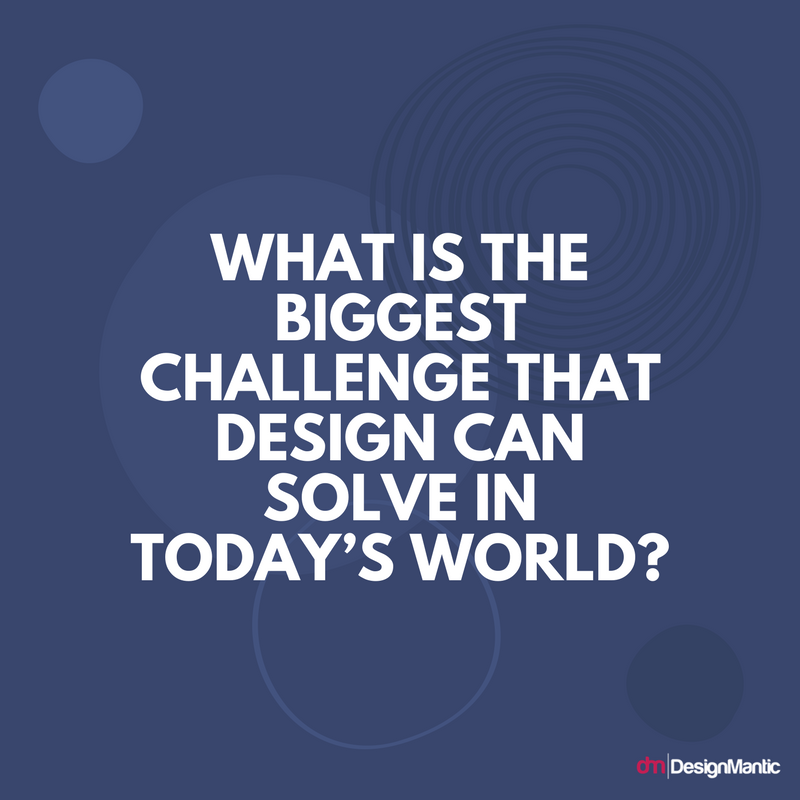We know design is capable of a lot of things but one question that keeps popping up is that can the world’s best designers solve problems that politicians, economists, social scientists and numerous other stakeholders can’t?
To get the ball rolling on this debate, Steve McCarthy, Designer and IT professional, had this to say about ‘design’ and its place in solving world problems:
I think really the question is what can designers actually do, and what constitutes design. To me the development of just about any system can constitute design. It’s about identifying a problem, generating ideas and then constructing a solution to that problem and implementing it. If you can work out a way to grow food in limited space and to a quantity enough to close the food shortage, is that not design? It might not be ‘graphic’ design, but it’s design. And I’m not talking about the look and function of the physical tools and devices (product design) either. The whole process is design.
As someone with a graphic designer background, I think lack of awareness is a great issue to focus on. The spread of misinformation online is something I’m fascinated by and would love to help develop solutions to. In the event of a crisis, social media explodes with activity and data spreads at phenomenal speeds, and it’s often the most emotive and shocking information that catches the wind, regardless of whether it’s true. What can we develop that prevents false information from gaining ground, but allows the facts to get through? How can we ensure that people are getting the truth (I won’t digress into discussing what we mean by "truth")? The impact and influence can be huge; it changes political systems, moves funding and profits, impacts reputations of individuals, entire countries, creates or reduces discrimination. The internet is a powerful tool. A poster or a website isn’t going to change that, but design thinking can.
John Coute, Creative Director at ADimagination Design, takes the bull by it horns and addresses design’s role in resolving, or at least minimize the impact of everyday worldly issues.
I agree, there is no doubt that good design can make a visual communication compelling to read and facilitate comprehension, perhaps even cause the reader to take action.
Design, used as a verb as in the context of Evan’s question, is about the conception of a visual context and presentation within which the solution to the biggest challenges now facing the world might be presented. The solution is compelling content, the design provides clarity and context.
Nick Dachris, a strategy consultant for branding, believes that design that serves to be ‘world-saving’ cannot be divorced from economics and ethics. Even politics as well:
I’ve ended up studying Economics more than Design, following the Ethics inquiry. Fascinating subject. Read Hayek’s The Road to Serfdom, and you’ll never think of Design the same again.
Or maybe it’s better that you shouldn’t. It’s kind of upsetting to realize that "lack of awareness" is resolved only by "propaganda". And that the better place that the world can be made into, is a really, very BIG debate. It’s called Politics.
I do support the propaganda of the Citizen Designer concept, that designers should engage in Politics more than they’re already doing. But designers are rarely interested. When they are, they seem to be anti-capitalist Leftists by default, vain and self-contradicting. The First Things First Manifesto seems to me to be a testament to that. If I took it seriously I’d never call myself a designer again.
There is an overarching consensus on how design is but a tiny cog in the machine for alleviating everyday problems like poverty, territorial disputes, etc. But when it comes to spreading awareness to these issues, social design happens to be a mobilizer and motivator of sorts. After all, mankind needs a reminder every now or then that the world needs to be cared for as well.

